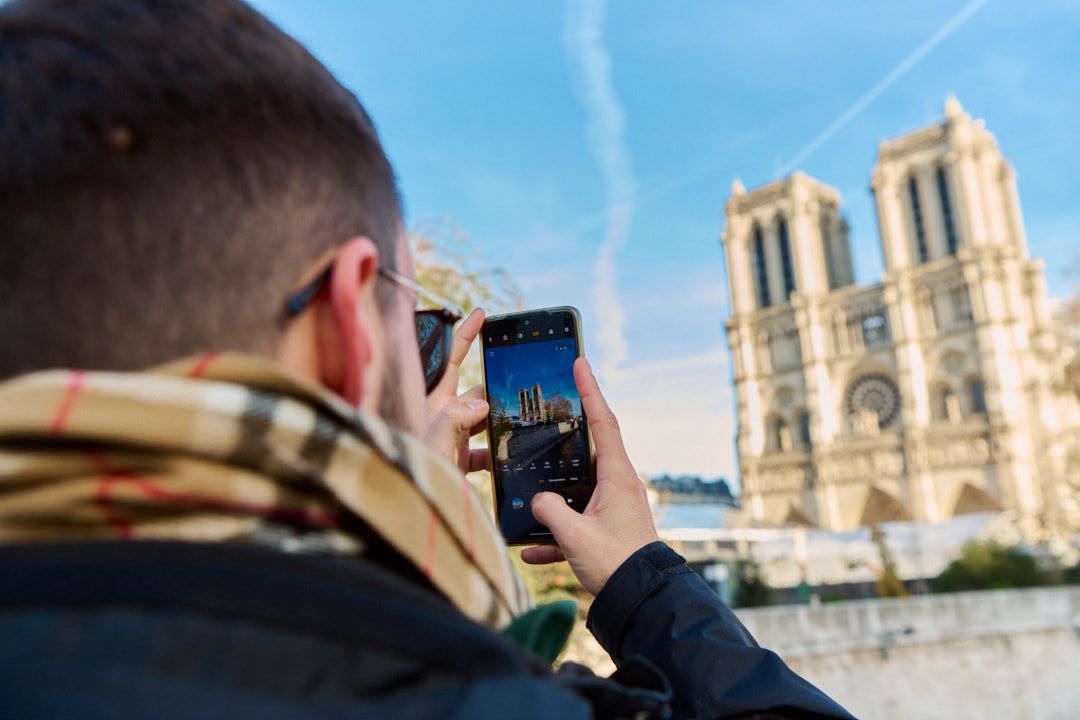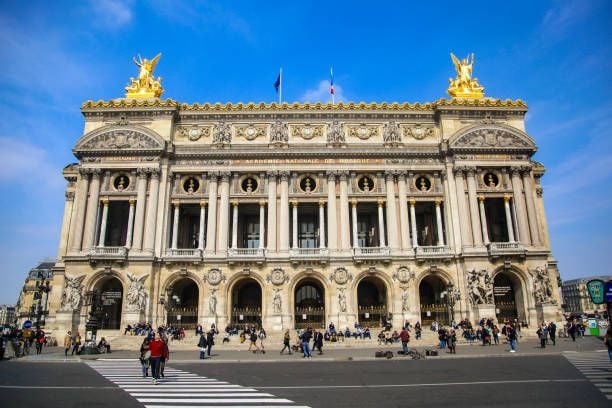Paris Marathon: a legendary annual race
Each year, during the month of April, the city hosts one of the most famous and popular races in the country: the Paris Marathon! Discover the secrets of this legendary event that each year attracts 55,000 athletes who come from the five continents to pound the pavements of Paris. And if you don't have sufficient training to run the more than 40 kilometer race, you can always visit Paris on foot!

The Schneider Electric Marathon de Paris
Each year, during the month of April, rubber tires make way for the rubber soles of running shoes. On the starting line, 55,000 runners of 145 different nationalities who have come to tackle the 42.195 kilometers of tar and pavement while enjoying spectacular views of the most beautiful landmarks and iconic tourist attractions of the French capital.
This race across Paris takes in a part of the Champs Elysées towards l'Avenue Foch, and passes through the Bois de Vincennes and Boulogne. The event organizing team is always up to the challenge: 8 first aid posts along the course to prevent any risk of accidents, and more than 60 sports professionals, massage therapists, physiotherapists, podiatrists and chiropractors await the champions upon their arrival. 3000 volunteers are also available to lend a strong hand to the organizers.
250,000 spectators come to cheer on the athletes or enjoy the spectacle offered by one of the biggest marathons in the world.
The "Salon du Running", a fair held at Porte de Versailles, is another occasion associated with the Paris Marathon. It takes place three days before the marathon and attracts over 80,000 visitors.
Handi sport, solidarity and social engagement
The Paris Marathon is also committed to solidarity and ethical principles. Its goal is to become the first carbon-neutral marathon and to achieve sustainable waste management, mainly through recycling.
The race is also open to disabled athletes: persons with visual or hearing impairments or in wheelchairs will be welcomed to take part in the race, and will be allowed special accommodations.
Race and runners: key figures
13,750 women and 41,250 men took part in the 2018 edition of the Paris Marathon, which translates into 25% female participants and 75% male. More than 7 out of 10 runners were French, but there were 145 different nationalities represented. Among these, 500 Brazilians ran the race in 2018.
The refreshments were impressive: 3 tons of dried fruit, 7 tons of apples, 19 tons of oranges, 24 tons of bananas, but also 32,000 slices of gingerbread and 1.3 tons of French Bretzel biscuits were distributed. In 2018, a total of 440,000 sugar cubes gave participants the energy to keep going. Hydration is extremely important, therefore 500,000 bottles of water were distributed to the runners.
The best finish times of the marathon runners
In 2018, the Ethiopian Kenenisa BEKELE completed the marathon in only 2 hours and 5 minutes. The Kenyan Purity RIONORIPO was the first woman to complete the race, crossing the finish line in 2 hours 20 minutes.
The Paris Marathon route
The route crosses the center of Paris, not far from the Seine. During the 2018 edition, the Paris Marathon route took in these famous landmarks and tourist attractions:
- The Champs Elysées
- The obelisk at Place de la Concorde
- Place de la Bastille
- Bois de Vincennes
- Notre Dame Cathedral
- Musée d'Orsay
- The Eiffel Tower
- Bois de Boulogne
- The Fondation Louis Vuitton
- The Arc de Triomphe
Participate in the Paris Marathon
Do you feel like you've got what it takes to be a high-level athlete? You can have the opportunity to conquer your own Mt. Everest: finishing a race like the Paris Marathon is major accomplishment in itself.
First of all, you must register a year in advance in order to get a coveted race number. For example, the 1st registration phase for the 43rd edition of the Paris Marathon (2019) ends April 30, 2018. To register, go to the official website: https://www.schneiderelectricparismarathon.com/en/. Several formats are available with different advantages and inclusions, the most popular being Objective Finisher (Goal: to finish): in addition to providing you with your race number, we will also help you to prepare for the race and offer advice to increase your chances of crossing the finish line.
You must then get in shape for the race. A year of training and physical preparation is not a lot when you are taking on such a challenge. You must run regularly, train your breathing and build your endurance.


